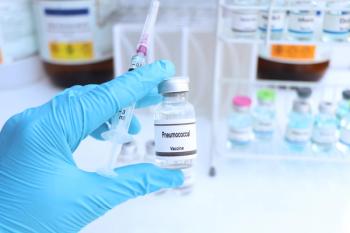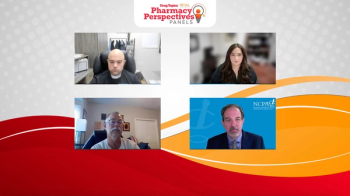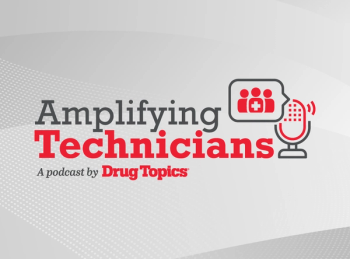
Q&A: Pharmacists Play Key Role in Expanding Access to CGMs
As continuous glucose monitoring becomes more common, pharmacists are essential in patient education but face barriers of time, training, and reimbursement.
Community pharmacists are often the first to counsel patients starting continuous glucose monitoring (CGM), offering accessible support at the point of care. Yet short counseling windows, workflow constraints, and limited reimbursement hinder thorough education. With OTC CGMs on the horizon, expanding pharmacist training and payment models will be crucial for success.
Drug Topics® recently sat down with Morgan Stewart, PharmD, BCACP, BC-ADM, clinical associate professor of pharmacy practice at the University of Texas at Austin, who recently authored a study assessing the accessibility and accuracy of pharmacist CGM counseling, to discuss how important the role community pharmacists play is in supporting patients who use CGMs, and some of the most common challenges pharmacists face when counseling patients on CGM use.1
Drug Topics: How important is the role community pharmacists play in supporting patients who use CGMs?
Morgan Stewart, PharmD, BCACP, BC-ADM: Community pharmacists are one of the first, if not only, health care professional that is super accessible and probably one of the first people that gets to talk to an individual after they receive their CGM prescription. With CGMs becoming more and more common and being dispensed in the community setting, I think pharmacists are very uniquely positioned to help patients understand their device right at the point of access where they're picking up. Some of that could change with individuals receiving their CGM device from a durable medical equipment company what's interesting is the article that we recently just published is that the pharmacists in our study were highly accessible, depending on the device. If you look through the article, up to 80% of the time they offered counseling and they were able to support the patient. I do think there's opportunity to strengthen that, the depth and completeness of that education, but with CGM leaning towards becoming more over the counter, pharmacists being able to provide guidance and support to patients is going to be even more critical to assure that patients are not just using them correctly, but that patients are able to fully engage with their device and really get the full benefit for their diabetes management.
Drug Topics: What are some of the most common challenges pharmacists face when counseling patients on CGM use?
Stewart: The system is not exactly set up in its current way to really allow pharmacists to put their best foot forward in being able to really spend the amount of time that's needed to fully support individuals when it comes to CGM counseling. The first thing, of course, is time. If you look at our study, the median counseling time was just under 2 minutes, and that's really not enough time for comprehensive education to occur. I actually work in an ambulatory care clinic, and we have the luxury of about 30 minutes to spend with our patients to do a CGM setup and device counseling. That's a luxury that pharmacists in the community setting don't have based on the way the current system is set up for most community pharmacies. Time is probably the biggest challenge. I'll talk later a little bit about reasons for that—it's our reimbursement. We're not paid just to be able to sit down in the community setting to spend that time to really focus on providing comprehensive education. That's one big [challenge].
We did see in our study was that individuals may vary on their comfortability levels with the device. Diabetes technology has evolved over the last few years, and it's becoming way more present in individuals. Diabetes is very prevalent in our communities. In our study, we did see that some individuals or some pharmacists did decline counseling because they mentioned they weren't familiar with the device. We did see a little bit of differences in the actual type, so maybe one product people felt more comfortable with than the other, but also when you think about just competing demands, as well. Workflow limitations [are a challenge] in our current community pharmacy settings. Getting staffing, whether that's technicians or adequate pharmacist staffing, to be able to walk over in the middle of doing everything to provide a really hands on comprehensive education is not feasible in its current sense. That's a huge one.
Going back to policy and advocacy efforts, I think that having a system more set up to allow pharmacists to be reimbursed for their time or be incentivized for their time to provide that education is huge when combating that time piece. There's definitely challenges. By no means am I here to say that pharmacists are not doing a good job. They are doing the best they can in the current system. Being able to find solutions is going to be really important with the emergence of more of these devices on the market.
READ MORE:
Ready to impress your pharmacy colleagues with the latest drug information, industry trends, and patient care tips? Sign up today for our
References
1. Stewart MP, Loera LJ, Onwukwe, et al. Assessing the accessibility and accuracy of pharmacist counseling for continuous glucose monitoring: A secret shopper study of community pharmacies. J Am Pharm Assoc. 2025. DOI: 10.1016/j.japh.2025.102493
Newsletter
Pharmacy practice is always changing. Stay ahead of the curve with the Drug Topics newsletter and get the latest drug information, industry trends, and patient care tips.






































































































































